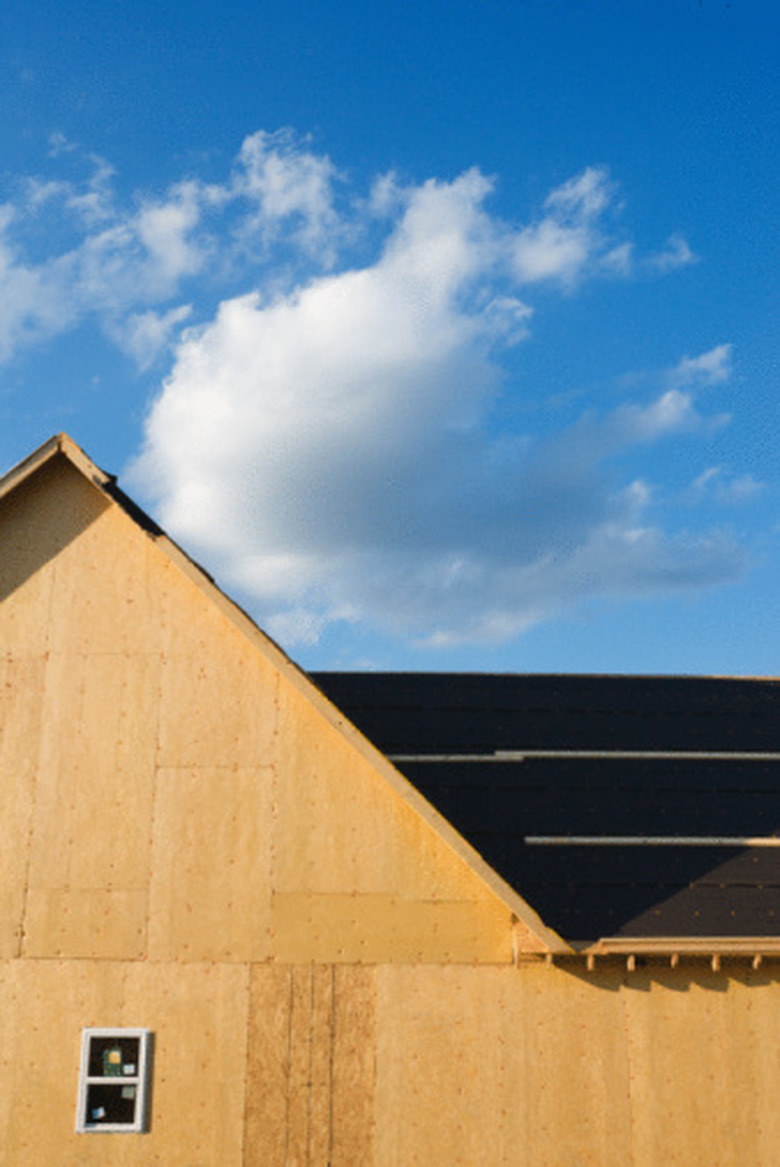How To Seal Plywood Seams
Things Needed
-
Elastomeric caulk
-
Utility knife
-
Caulking gun
-
Painter's rag
Plywood used as a subfloor, wall underlayment or roof sheathing needs to have the seams sealed with caulk. By sealing these seams, moisture, insects, dust and air can't permeate into a home. Unsealed seams diminish the effectiveness of the cooling and heating systems of a home which can adversely affect utility costs. Plywood has four sides that need to be sealed regardless of the material they butt up against. An exterior elastomeric caulk works best, because it has the ability to expand and contract with the temperatures and flexing of a structure.
Step 1
Cut the tip off of a tube of elastomeric caulk using a utility knife. Insert the tube into a caulking gun and pull the trigger until you see caulk come out of the nozzle. The caulking gun is loaded and ready for action.
Step 2
Squirt a 3/8-inch bead of caulk along the seams of the plywood. Squish the bead into the seam with your finger and then wipe excess off with a wet painter's rag.
Step 3
Wait 24 hours. During this time, the caulk has a tendency to shrink while drying. Inspect the seams for areas where the caulk shrunk and left the seam unsealed. Apply more caulk in these areas.
